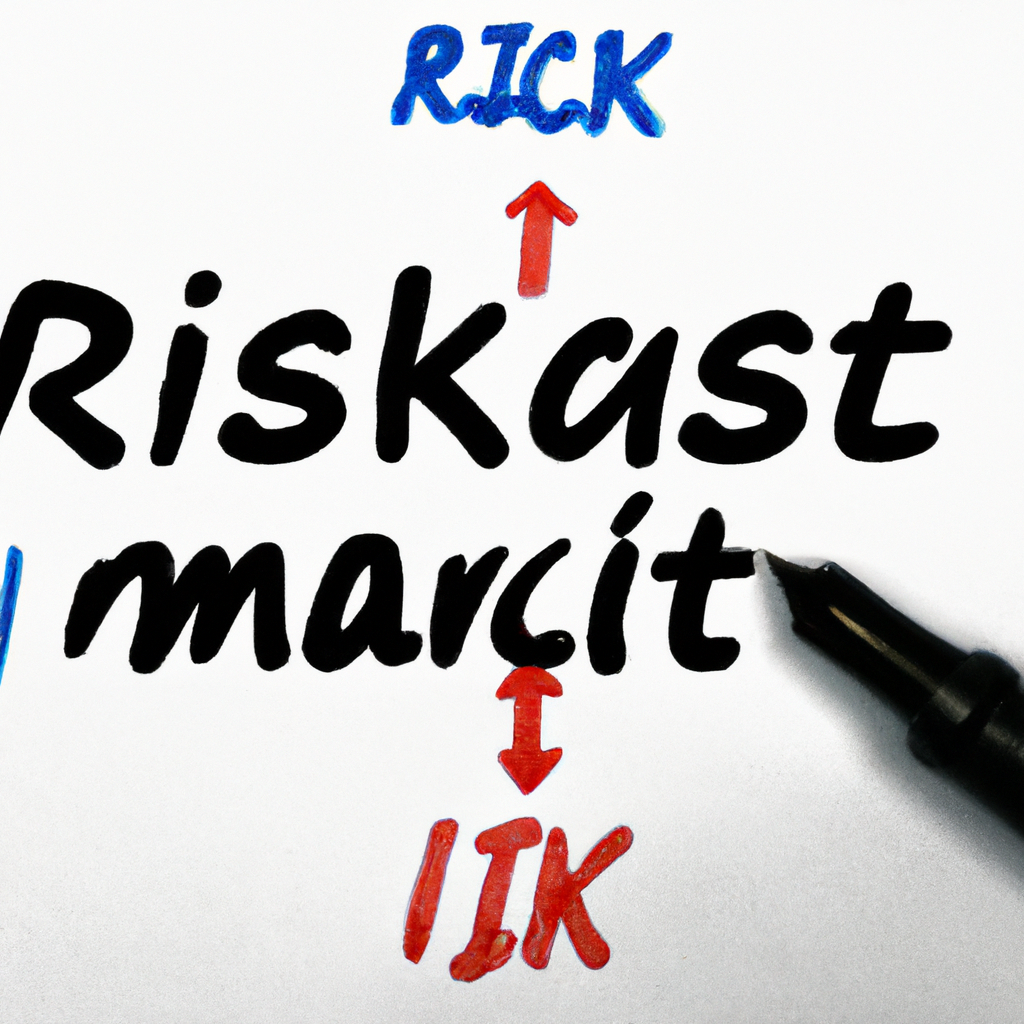# Implementing Risk Management in Trading
Effective risk management is critical in trading to ensure the longevity of one’s trading career. Traders, both novice and experienced, need to understand and implement risk management strategies to maintain profit and reduce losses. This article provides a comprehensive guide on how to implement risk management in trading, covering several crucial steps and strategies.
Understanding Risk Management
Risk management in trading involves identifying, analyzing, and accepting or mitigating the uncertainties on the investments. It is an essential part of trading, as it helps traders make informed decisions, protect their capital, and achieve consistent trading results.
Steps to Implement Risk Management
Implementing risk management in trading requires a multifaceted approach. Below are key steps traders can follow to ensure they have a solid risk management strategy in place.
Step 1: Assess Your Risk Tolerance
Before diving into any trading activities, it is vital for traders to understand their risk tolerance. This involves evaluating financial goals, investment horizon, and how much risk one is comfortable taking. Knowing your risk tolerance helps in making informed decisions about which trades to enter and how much capital to risk.
Step 2: Set Risk-Reward Ratios
A risk-reward ratio is a crucial aspect of risk management. It measures the potential profit of a trade against its potential loss. A common risk-reward ratio is 1:3, meaning for every dollar risked, a return of three dollars is expected. Setting a risk-reward ratio helps traders manage their potential losses and decide on the trades that are worth taking.
Step 3: Use Stop Loss Orders
A stop-loss order is an order placed with a broker to sell a security when it reaches a certain price. It is designed to limit an investor’s loss on a security position. Implementing stop-loss orders can help traders manage their risk by setting a limit on the potential losses for each trade.
Step 4: Diversify Your Portfolio
Diversification is a risk management technique that mixes a wide variety of investments within a portfolio. The rationale behind this technique is that a portfolio constructed of different kinds of investments will, on average, yield higher returns and pose a lower risk than any individual investment found within the portfolio.
Step 5: Regularly Review and Adjust Your Strategies
Risk management is not a set-it-and-forget-it strategy. It is crucial for traders to regularly review and adjust their trading strategies based on market conditions and performance. This involves analyzing trades to see what went well and what didn’t, and then adjusting strategies accordingly.
Additional Risk Management Techniques
Beyond the basic steps, there are several other techniques traders can implement to further manage risk:
Implementing Position Sizing
Position sizing is the process of adjusting the amount of capital invested in a trade to meet your predefined risk parameters. This ensures that even if a trade goes badly, the loss doesn’t significantly impact the overall portfolio.
Using Leverage Wisely
While leverage can magnify profits, it can also amplify losses. It’s important to use leverage wisely and be aware of the implications it has on your trading capital.
Keeping Emotions in Check
One of the biggest risks in trading is emotional decision-making. Maintaining discipline and keeping emotions like fear and greed in check can significantly improve decision-making and help manage risk.
Conclusion
Implementing risk management strategies in trading is essential for safeguarding investments and ensuring sustainability in the trading profession. By assessing risk tolerance, setting risk-reward ratios, using stop-loss orders, diversifying the portfolio, and regularly reviewing trading strategies, traders can mitigate risks and increase their chances of success in the markets. Additionally, techniques such as position sizing, wise use of leverage, and emotional control play crucial roles in an effective risk management strategy. Ultimately, the goal of risk management is to make informed decisions that align with individual trading goals and risk tolerance levels.
